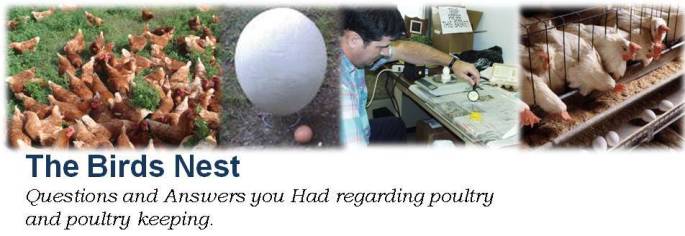 |
| Source: http://www.co.pennington.sd.us/ |
We have just gone through some of the worst weather this fall. When these events pop up, it is always a good practice to check your poultry housing over carefully for unseen damage that may have occurred. Look up into attics to see if any rafters or bracing has broken or come loose. Look at power poles for splitting. Open electrical boxes for water accumulation indicating a compromised water seal on the supply weatherhead. On housing that is over ten years old, things may have worked loose in the wind. The last thing you wish to see is a weakened roof that would collapse under the next storm.
Look closely at the boots on feed bins for leakage. Clumping feed is a good indicator that water got into the tank somehow. If possible, allow the tank to empty and then check the tank with a droplight at night. This may be able to show spots that may be leaking.
With small flock housing, consider "pinning" temporary housing to the ground using spikes made of re-bar or other suitable materials. Store summer shade fixtures until needed in the spring.
Clear all drainage culverts around poultry housing of any debris before the next storm event. With proper precaution, a few minutes will help save hours of repair when you really don't wish to make repairs.






